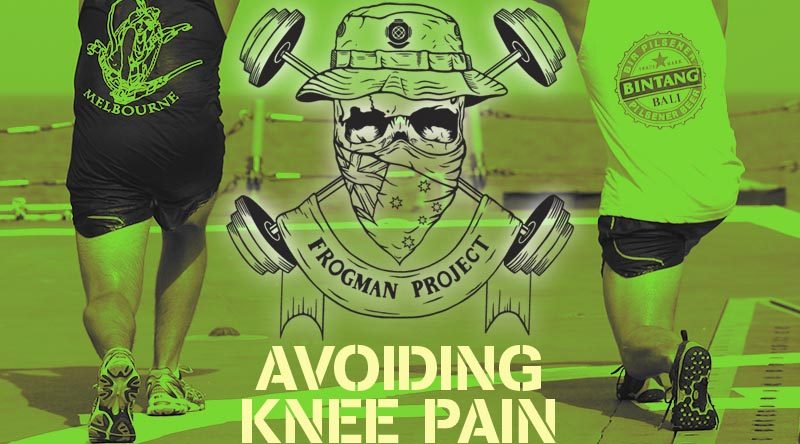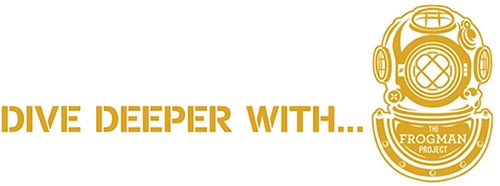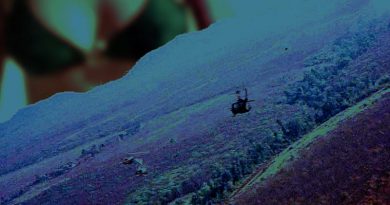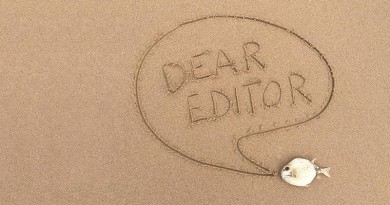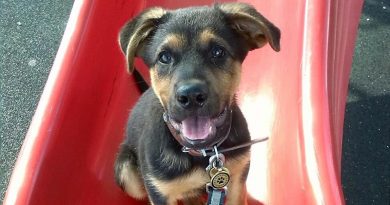Knee pain – how to avoid it

Whether it’s from yomps, work related, rugby or running, knee pain is common in our community. Our programs address this complaint but here we give a basic understanding of the knee, why it might give you grief and how to optimise the joint.
Over time I have spoken to many athletes all with similar issues regarding knee pain. As to what your particular knee injury is, I cannot nor will not attempt to say. Let’s have a look at the joint itself, why you might feel pain and steps you can take to avoid it.
We all know ‘what’ a knee is, but what is its optimal function?
In technical terms it is a hinge type synovial joint allowing for flexion, extension, slight medial and lateral rotation.
Basically it’s a joint that allows for movement in the lower leg allowing us to move.
It has slight range of motion in several directions with an exaggerated degree of motion in one direction – flexion.
This tells us that the knee joint is not only vital for our incredible movement capabilities, but also that its complexity allows for a far greater risk of injury, especially when left untrained.
Why is knee pain so common?
It’s not only runners who are at risk of injury and imbalance in the knee.
Any sort of movement that requires gait, (walk, jog, run) is going to expose any weaknesses and instability in the joint.
When we move, the knee doesn’t’ extend and flex in a perfectly straight or vertical pattern, nor does it straighten and take impact in this pattern.
When we plant our weight on one leg in gait, there is a slight torsion, a twisting effect.
Imagine wringing out a wet towel when it’s almost at the limit of your strength – that minimal shift and twist under pressure – that’s your knee.
So imagine this pivotal joint is already under enough pressure as it is, coupled with the entirety of your weight behind it in a forward momentum motion.
If your supporting tissue is weak or tight or imbalanced, sooner or later that pressure will explode in one direction.
Injury time!
Not willing to give up being active to save your knees? Good! Neither are we!
This test of exposure is not something we can avoid if we intend to be active.
Luckily we can reinforce our knees with solid strength, stability and flexibility.
We can stave off injury though properly applied movement patterns and training.
There are several tissues responsible for joint stability, namely muscle, tendons and ligaments.
How do we train and maintain these supportive tissues?
Through steadily applied loading and movements taking them through healthy (and often exaggerated) ranges of motion.
Remember a chain is only as strong as its weakest link, therefore we will not only be training in ‘safe’ ranges of motion and pathways, but we will be training in ‘unsafe’ pathways also.
Why?
When you eventually trip or stumble or roll your ankle and twist your knee – which you will – you want your joints and ligaments strong and supple in that weak pattern also.
Strong enough that they don’t tear or snap.
Our top tips for building better joint integrity
- Move more! Move randomly in as many ways as possible – squat, jump, run, crawl, roll – basically be a child and reap the benefits of better mobility.
- Stretch, a lot! Whenever, wherever you are, stretch something, actively, passively, dynamically, whatever it is, just do it.
- Vary your training. Don’t just run. Lift weights, swim, run, walk, climb, sprint and dance. Varying your training will vary your life.
- Eat better. Be aware of what goes into your body. The quality of nutrition your body receives will be the quality of structure it produces for you to work with. If you eat bad then you get a flimsy frame to work with. If you want a strong and pliable structure, then eat well. I don’t mean lots of cucumber and lettuce, nor do I mean lots of whole grains and pasta. Meat, fish, vegetables (roots and tubers also), dark leafy greens and lots of them, nuts, seeds, fats.
- Use your common sense! Build slowly, test and retest. Move safely and grow a solid foundation.
Within our programs we consider all of this for you taking the guesswork out of your training.
At the same time we encourage self-education and provide you with the tools and understanding of why we do what we do.
FILE PHOTO: Aboard HMAS Melbourne, Middle East, 2012. By Brian Hartigan.
.
.
.
.
.
.
.
.

.
.

